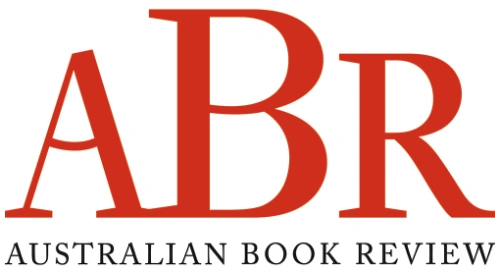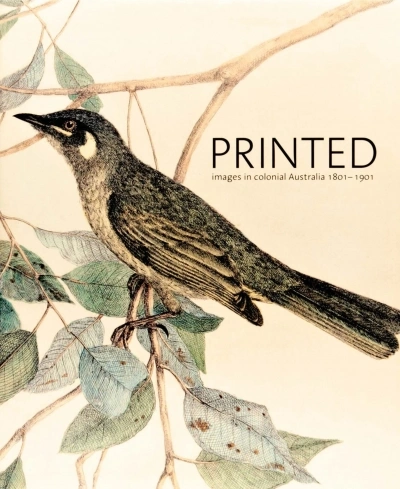John McPhee
Printed Images in Colonial Australia 1801-1901 edited by Roger Butler & Printed Images by Australian Artists 1885-1955 edited by Roger Butler
Yesterday's Tomorrows: The Powerhouse Museum and its precursors 1880-2005 edited by Graeme Davison and Kimberley Webber
Souvenir books are just that – souvenirs of a collection, usually bought as reminders of things seen and enjoyed. They also serve as introductions to a collection or to whet the appetite for a proposed visit. For some purchasers, they are introductions to an aspect of art that has fascinated them during a museum visit, or to collections not always on display. To succeed, souvenir books must be visually glamorous and enticing, and written in an accessible yet scholarly style.
The National Gallery of Victoria’s eight new souvenir books devoted to works from the international collections are exemplary and could serve as models to most museums. They represent a high point in the design of museum publications in Australia and celebrate the pride that the NGV has in its collections. I hope that we might soon see the Australian collections similarly celebrated.
... (read more)







